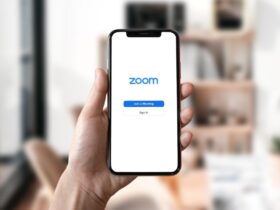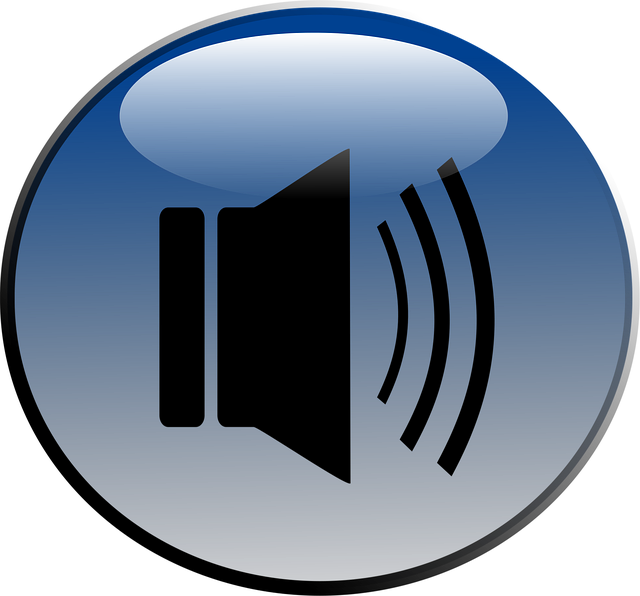Audio recordings are ubiquitous in the modern world of rapid go-go-go we live in – be it a recorded meeting, a lecture, a podcast, or an interview. Such recordings are valuable sources of information, and locating some of these points in volumes of recording may tend to take a lot of time. This issue can be resolved by applying audio to notes by turning them into small, practical notes, easier to review, share, and take action based on crucial information without listening to the whole file.
One of the most effective ways to do this is by using MP3 to text transcription tool. It helps you make spoken words become a searchable document that can be scanned and searched within a short time to get important information. It can take away hours of manual labor and increase precision and efficacy with the help of the right approach.
Why Converting Audio into Notes Matters
Audio is an excellent form of capturing ideas/real-time conversation, but it has its limitations. It is not easy to skip through audio as one can through a written text, and it can be tiresome locating a certain quote or instruction.
To a professional, student, journalist, or content producer, the conversion of audio to notes offers:
- Quick Review: You are able to search the sections you need faster.
- Improved Structure: Hands-on notes are likely to be organized with headings, bullet points, or a summary.
- Enhanced Accessibility: Other individuals who like reading or those with difficulties in hearing can get the information.
- Simpler Sharing: It is easy to share texts, such as via email or in reports, or other documents.
Regardless of whether you log project progress or draw conclusions after a workshop, explicit notes will make the facts more actionable.
1. Use AI-Powered Transcription Tools
Artificial intelligence (AI) powered transcription tools have helped to make transcription of audio recordings to text faster and accurate than before. All you do is load your MP3 file onto the software, and the software produces a written transcript in a few minutes. Even some of these tools enable you to highlight parts, make comments, and derive summaries of the transcript.
Examples of the same are Otter.ai, Sonix, and Trint. Sometimes, these platforms are audio converting ones, but there is also an opportunity to collaborate in real-time mode, and the team members can discuss and edit notes.
The benefit of AI transcription is the speed. Rather than listening to a meeting that lasts an hour and typing every single word, you can record and get a full document of a meeting in a few minutes, which you can further reduce to brief notes.
2. Record with Note-Taking in Mind
Just in case you realize you will require notes in the future, it is better to record them with the purpose in mind in the first place. This is meant to have a good audio quality, speak clearly, and have little to no background noise. Good quality audio results in fewer mistakes with transcriptions and decreased error correction.
When many individuals are talking, request them to listen in turn and not to couple down on one another. Record in a quiet place as far as possible and make use of an adequate microphone. Such minimal steps can transform the process of transcription process into running more easily, and the notes made afterward are more reliable.
3. Break Audio into Segments for Easier Processing
Audio files are long, and processing them altogether may be too exhaustive. When dividing your recording into smaller parts, e.g., a two-hour conference call into 20-minute sessions, you find it simpler to listen to a particular segment and concentrate on that segment.
When dividing the audio, the accuracy of transcription is also enhanced. Small files can be handled better by many different tools and will lead to fewer errors and to neater final notes. After transcribing all the segments, it is possible to make a single coherent piece and to structure the information correctly.
4. Edit Transcripts into Actionable Notes
A raw transcript can be useful, but it is not there yet. To make it handy for further work, read the text and mark the main decisions, due dates, activities, or significant points. Make a summary of those highlights in simple, clear, and concise statements.
E.g., instead of leaving a transcript such as:
“Perhaps we ought to go ahead with the campaign next month, I suppose that would be the 15th, and John can do the graphics and Sarah the copy.”
You may polish it to:
Action Item: Make a marketing initiative by the 15th of next month. John to work on graphics; Sarah on copy.
The step converts plain information into specific instructions that can be used on the spot.
5. Use Summarization Features in Modern Tools
There have been efforts to use some transcription services, which now provide AI summarization, to automatically summarize hour-long conversations in a few short, structured summaries. These may be lists of action items, main decisions, and highlights of meetings using bullet points.
Although such summaries can be used as a terrific jumping-off point, it remains worth investigating whether they are accurate. Computers often lack context or subtlety, and therefore, it is always good to see a brief human check and make sure your notes are accurate and marked exactly as they should be.
6. Organize Notes for Easy Reference
After you have some actionable notes, take time to sort them out in a way that makes sense for future reference. Clump together group-related points, give different topics headings, and also assign timestamps, should you believe you may have to go back to the actual audio to understand more clearly.
Such note-taking apps as Notion, Evernote, or OneNote may be a great idea to keep and organize your notes. They permit tagging, interlinking between notes related to one another, and inclusion of the original audio files to enable convenient cross-referencing.
Practical Example: From Audio to Action in Minutes
Imagine that you are in a 90-minute strategy session. You record this and post it to a transcription tool. A full text version takes you minutes. You then:
- Find out and underline all the key decisions.
- Pull out deadlines and allocate them to team members.
- Purnosepan; conclude discussion points with points of action.
- Distribute a final document to your team, making sure all has a common idea of the steps to be taken.
- No more hours of listening and re-listening, then subsequently creating a clean summary in under an hour.
The Balance Between Automation and Manual Refinement
On one hand, AI transcription and summarization save massive time, but it is not flawless. Misinterpretations may be caused by such aspects as accents or the influence of background noise and talk-over. It is due to this reason that a rapid manual overview will be necessary.
Consider automation as giving you a leg up: it does the brunt of the work, but it is up to you to provide the finishing touches to ensure that your notes are accurate, pertinent, and easy to take action on.
Conclusion
It does not necessarily have to be a complex process to turn audio into useful notes. Information can now be summarized, transcribed, and recorded more rapidly than ever by using the present technology. Converting MP3 to text is the first step in creating a searchable, editable document that you can refine into clear instructions and insights.
Recording intelligently with the goal of clarity in mind, chopping audio into editable chunks, and thinking about editing in action will reduce hours of conversation into fine-grained and valuable notes in a small percentage of time.
Finally, the point is not only to capture words, but it is meaning and purpose. The correct process will mean that you won’t miss anything important in the process, and you’re sure to have a definite course of action to walk out of any meeting, lecture, or interview.













































Leave a Reply